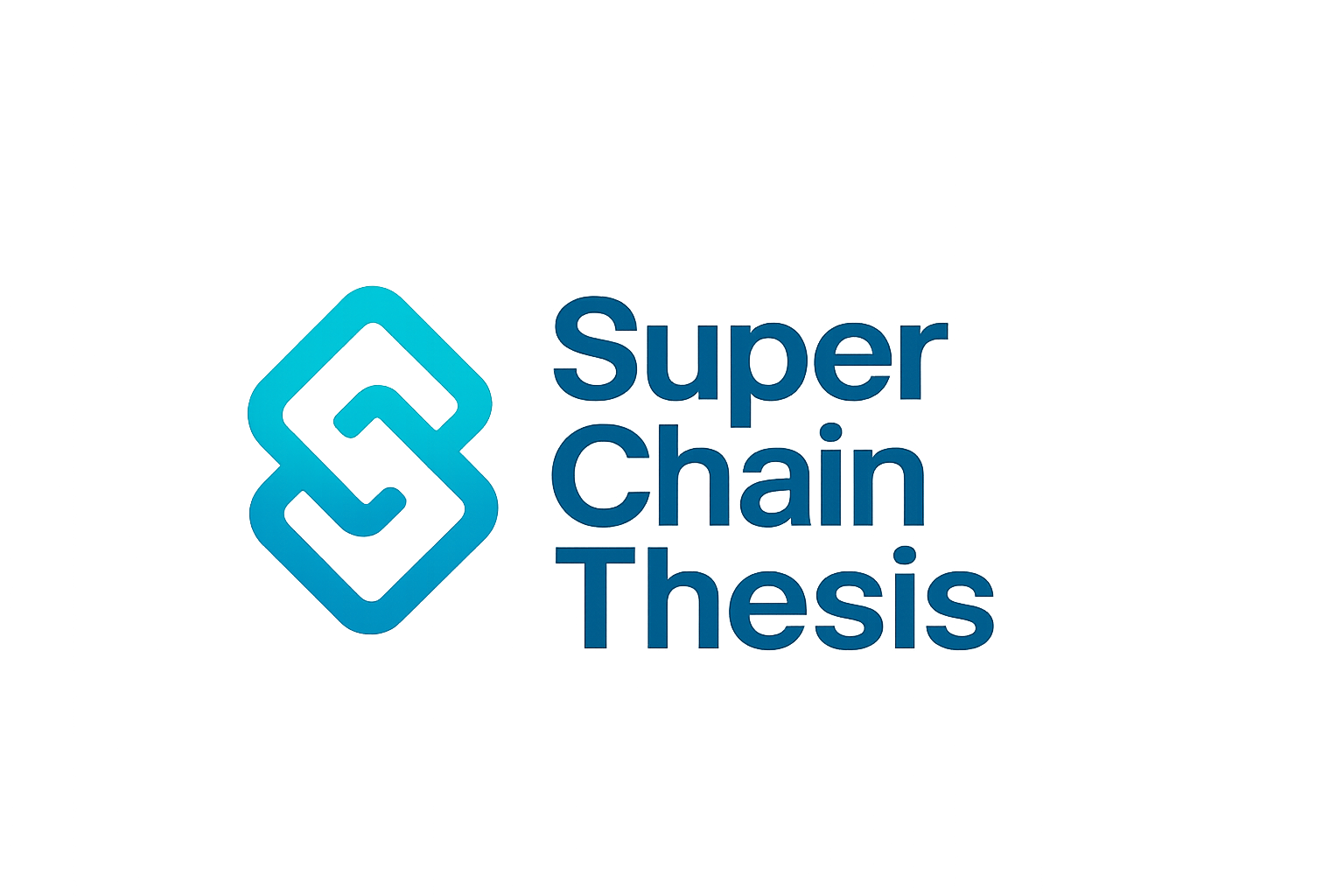
As the blockchain landscape matures, the demand for seamless interoperability between Layer 2 (L2) solutions has become a defining challenge. The Superchain vision, pioneered by Optimism and its OP Stack ecosystem, is at the heart of this evolution. At its core lies a deceptively simple question: how can dozens of rollups, each with their own state and users, coordinate to deliver a unified, frictionless experience? The answer increasingly points to a key innovation provides shared sequencers.

The Superchain: An Interconnected Network of Rollups
The Optimism Superchain is not just a collection of L2 chains, it’s an ambitious experiment in blockchain interoperability. Each OP Chain leverages the open-source OP Stack but shares security and communication layers with its peers. This architecture aims to eliminate silos that have historically fragmented liquidity and user experience across rollups. By enabling protocols and services that allow OP Stack blockchains to read each other’s state, the Superchain is laying the groundwork for a truly interoperable future.
This approach is already attracting major players. Coinbase’s Base, Worldcoin’s World Chain, and Zora’s creative platform are just a few examples of high-profile projects building atop the OP Stack. Yet as more chains join the network, Optimism currently counts 29 OP Stack chains, the need for robust cross-chain coordination grows ever more urgent.
What Are Shared Sequencers?
Shared sequencers represent a paradigm shift in how rollups coordinate transaction ordering. Traditionally, each rollup had its own sequencer, a centralized or semi-centralized entity responsible for ordering transactions before they’re posted to Ethereum Mainnet. This model works well in isolation but quickly breaks down when users want to transact across multiple rollups atomically.
Enter shared sequencers: decentralized services that coordinate transaction ordering across several rollups at once. By providing a unified transaction ordering mechanism, shared sequencers enable atomic cross-rollup operations, ensuring that transactions spanning multiple chains are processed together and either succeed or fail as one unit. This atomicity is crucial for maintaining consistency and trust in cross-chain interactions.
Key Benefits of Shared Sequencers for Superchain Interoperability
-
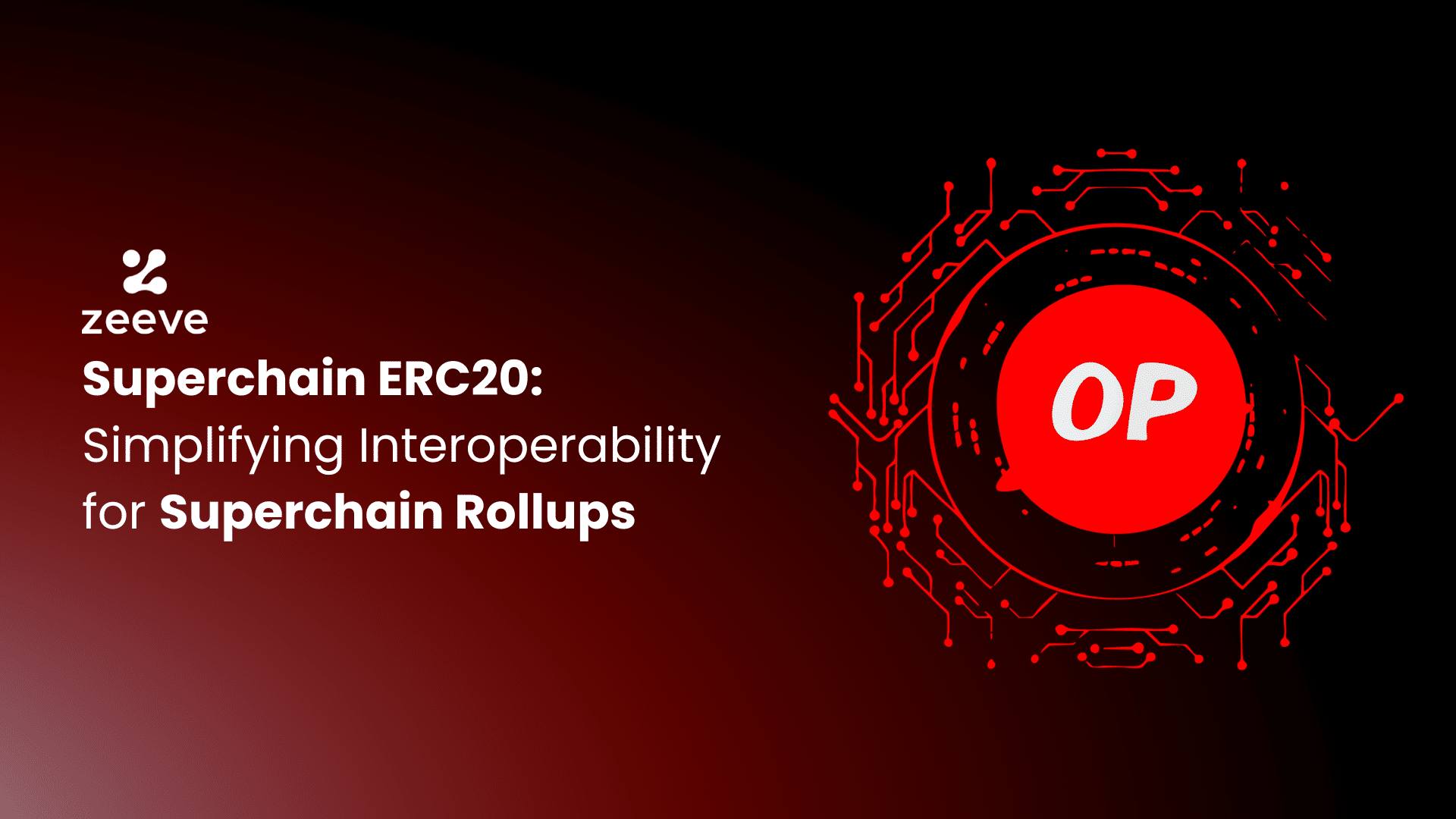
Atomic Cross-Rollup Transactions: Shared sequencers enable atomic inclusion of transactions across multiple OP Stack rollups, allowing operations to be processed simultaneously on different chains. This coordination is crucial for seamless cross-chain swaps and DeFi interactions within the Optimism Superchain.
-
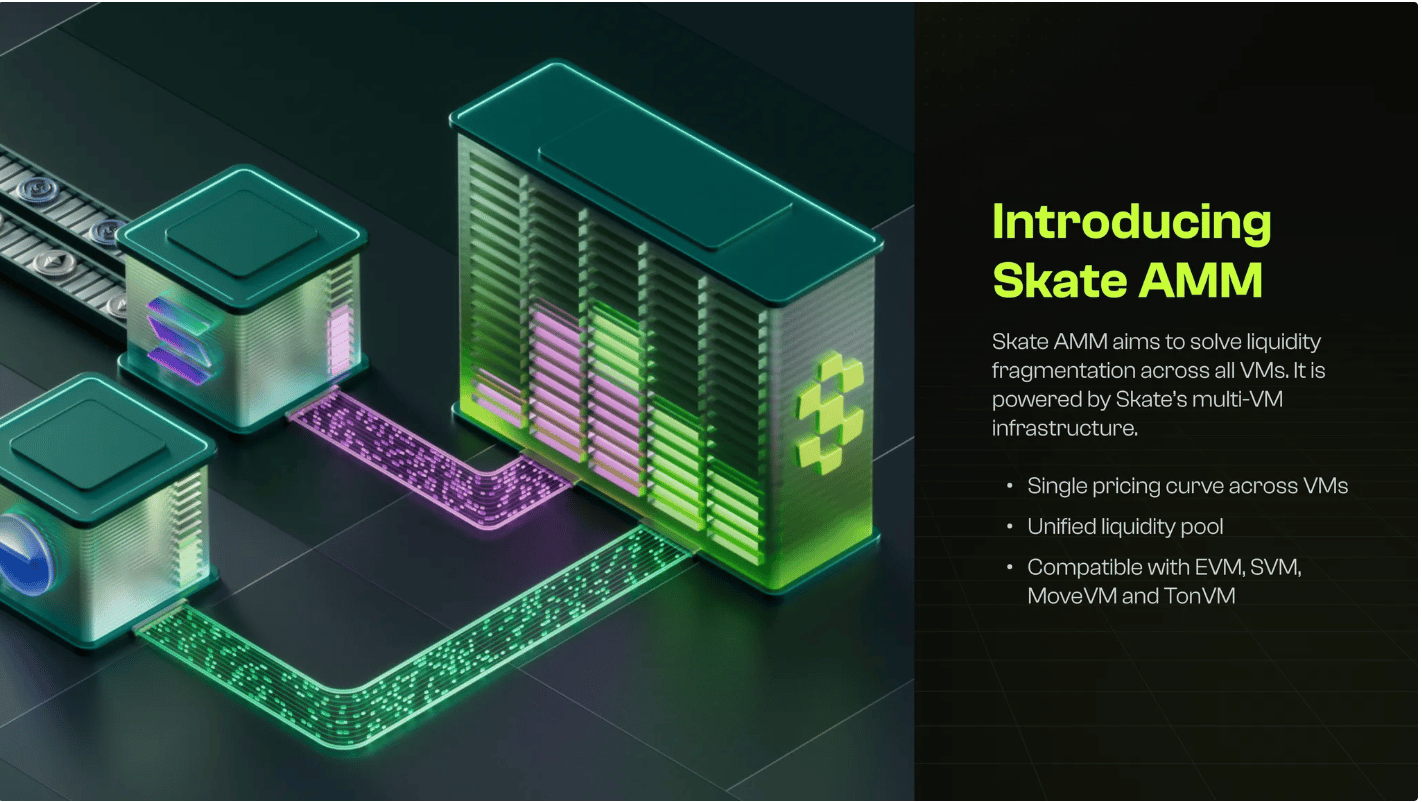
Reduced Liquidity Fragmentation: By synchronizing transaction ordering and messaging, shared sequencers help unify liquidity pools across OP Stack chains. This reduces fragmentation and creates a more efficient and liquid ecosystem for users and dApps.
-
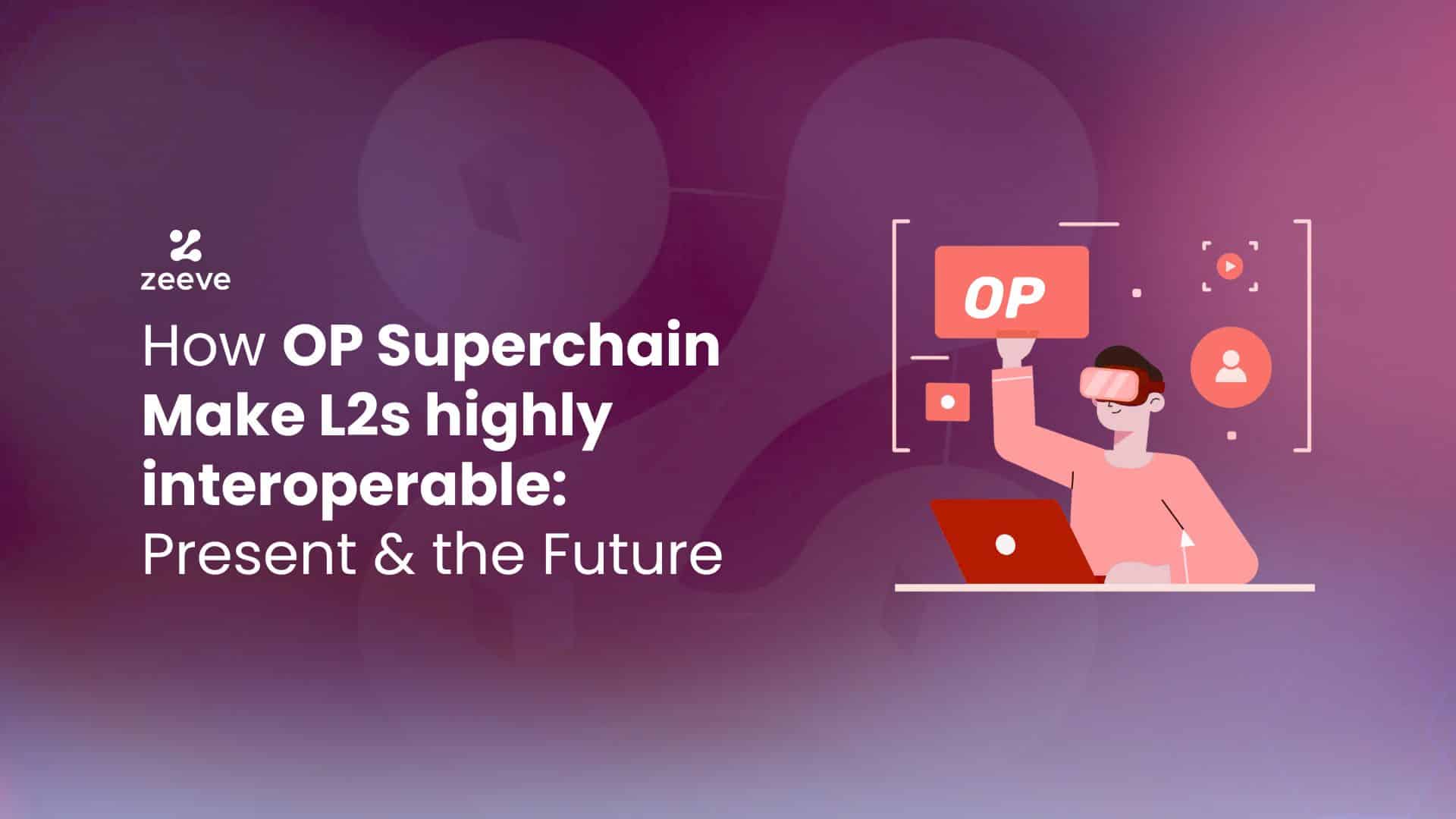
Enhanced User Experience: Shared sequencers streamline cross-chain operations, minimizing complex bridging steps and wait times. Users experience smoother asset transfers and dApp interactions throughout the Superchain network.
-
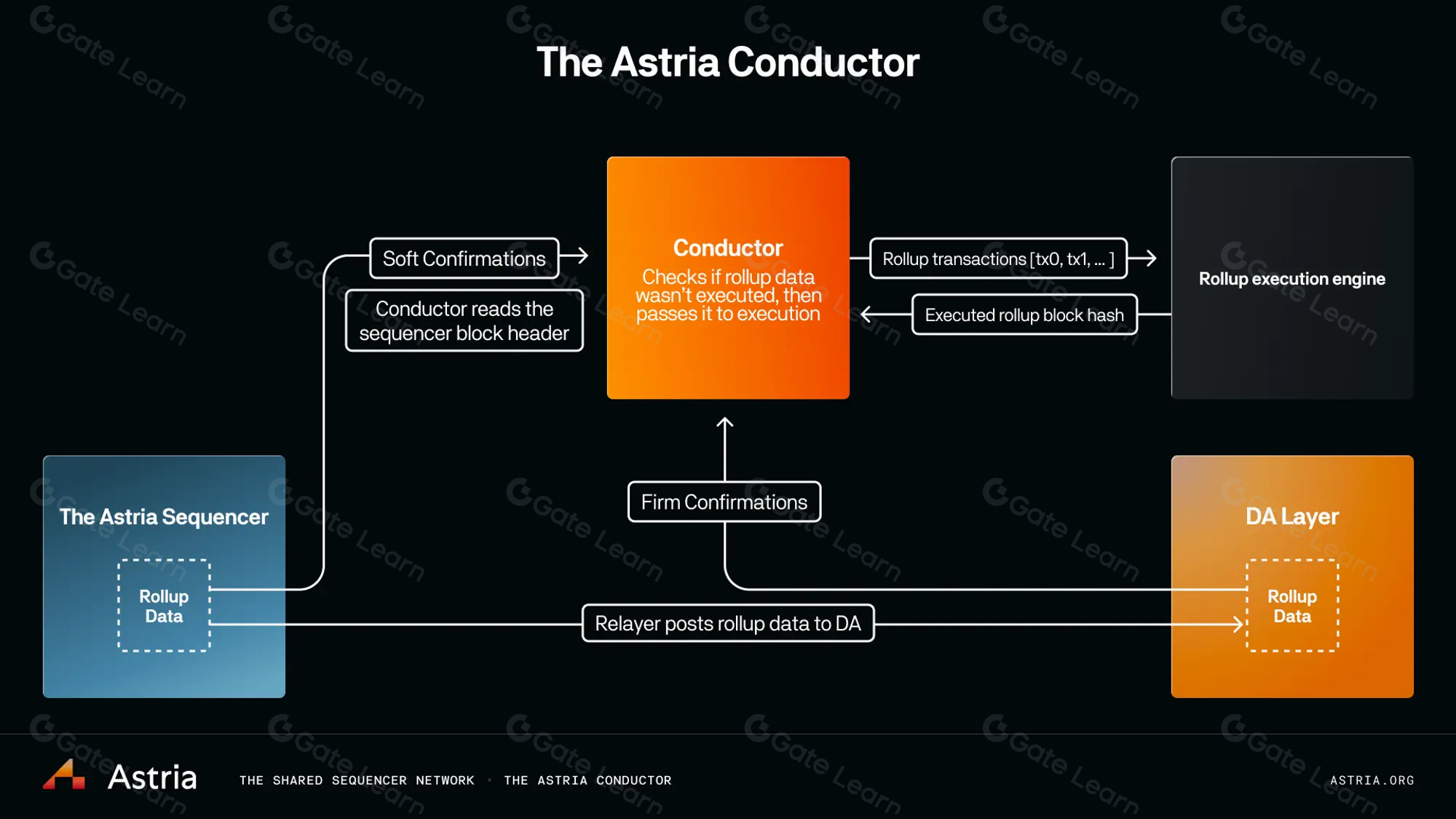
Improved Decentralization and Security: Decentralized shared sequencers reduce reliance on single sequencer operators, mitigating censorship risks and enhancing the overall security of the Superchain’s interoperability layer.
-
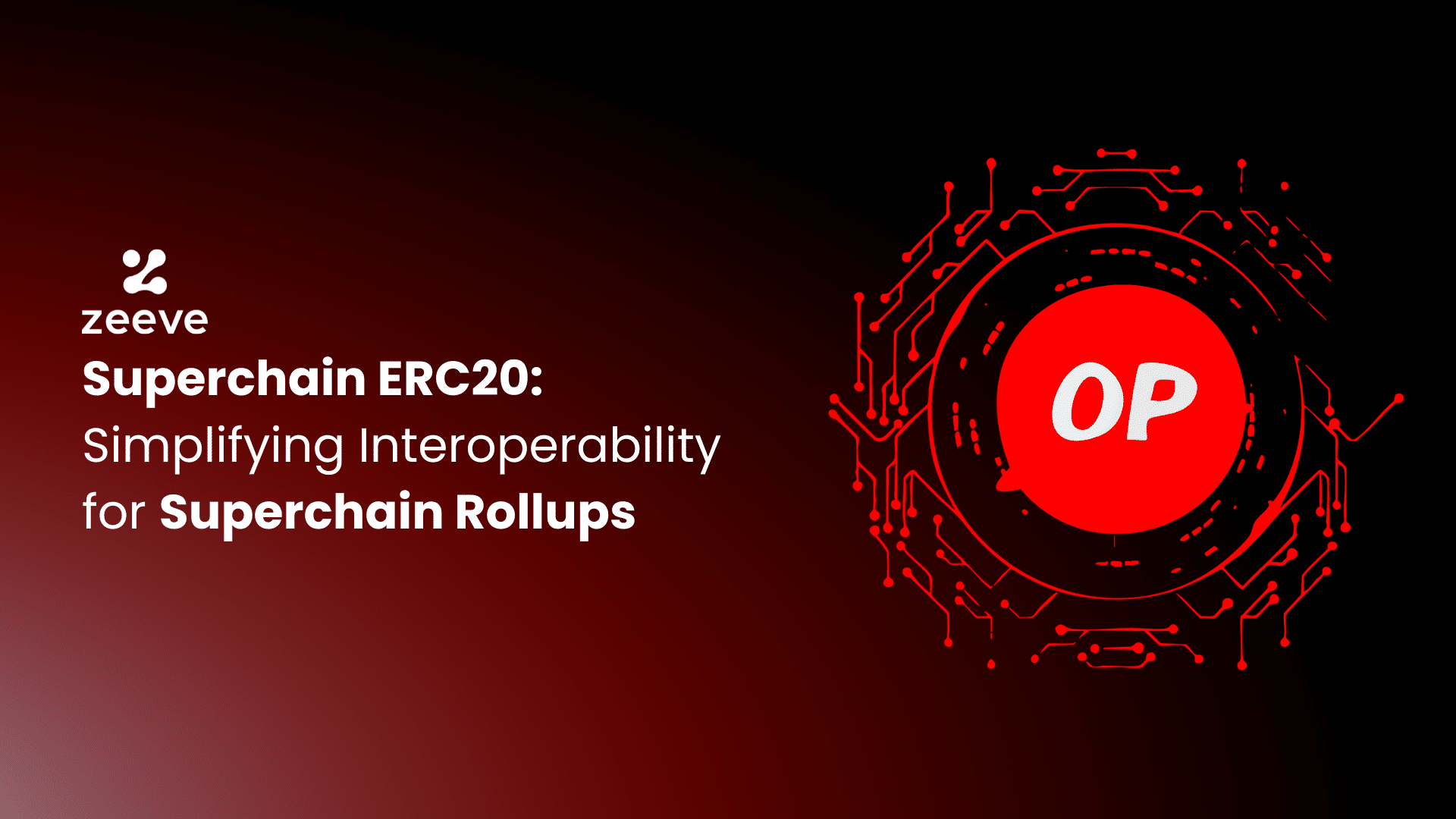
Foundation for Advanced Solutions: Shared sequencers lay the groundwork for next-generation interoperability technologies, such as Superbuilders, which aim to achieve both atomic inclusion and execution for truly seamless cross-chain activity.
The Impact on Rollup Interoperability and User Experience
The promise of shared sequencers goes beyond technical elegance, it directly addresses some of the most pressing pain points facing users and developers:
- Simplified Cross-Chain Transactions: Users can initiate complex operations (like swaps or NFT purchases) that touch multiple chains without worrying about partial execution or stuck assets.
- Unified Liquidity: With consistent transaction ordering across chains, liquidity pools can be aggregated more efficiently, reducing fragmentation.
- Ecosystem Growth: Dapps can expand their reach across all OP Stack rollups without custom bridging logic or duplicated infrastructure.
This isn’t just theory, projects like Espresso Systems are actively developing shared sequencer networks designed specifically for ecosystems like Superchain and Arbitrum Orbit. These networks aim to provide not only atomic inclusion but also high throughput and censorship resistance, further aligning with Ethereum’s values.
The Limits of Shared Sequencers, and What Comes Next
No solution is perfect out of the gate. While shared sequencers guarantee atomic inclusion (transactions are included on all relevant chains together), they cannot ensure atomic execution, that is, making sure all those transactions actually succeed together. This limitation arises because a sequencer cannot see inside every chain’s current state at once; as such, it may include transactions that later fail on one chain but succeed on another.
This nuance matters deeply for DeFi protocols and any application where funds move between chains in one logical operation. To address this gap, new approaches like Superbuilders are emerging, specialized block producers capable of constructing blocks for multiple chains simultaneously while ensuring both atomic inclusion and execution.
Superbuilders represent the next evolutionary leap for rollup interoperability. By having visibility into the state of multiple chains before constructing blocks, Superbuilders can guarantee that cross-chain operations either fully succeed or fail, eliminating the risk of partial execution. This feature is especially critical for advanced DeFi strategies, NFT composability, and any application demanding ironclad transactional guarantees across the Superchain.
While this technology is still in its infancy, early research and testnets have shown promising results. The integration of Superbuilders with shared sequencer networks could ultimately unlock a new paradigm where users experience the Superchain as a single, cohesive platform rather than a patchwork of loosely connected rollups.
Ecosystem Implications: Security, Governance, and Decentralization
The shift toward shared sequencing also raises important questions around governance and security. Who operates these sequencers? How are they incentivized? In Optimism’s model, governance by OP token holders plays a central role in approving sequencer hosts and maintaining protocol integrity. This participatory approach aims to balance decentralization with operational efficiency, a delicate equilibrium as more chains join the network.
Security remains paramount. By consolidating transaction ordering across many rollups, shared sequencers become high-value targets for potential attacks or censorship attempts. Projects like Espresso Systems are investing heavily in cryptographic proofs and distributed consensus mechanisms to harden their infrastructure against such risks.
Top Projects Pioneering Shared Sequencer Solutions
-
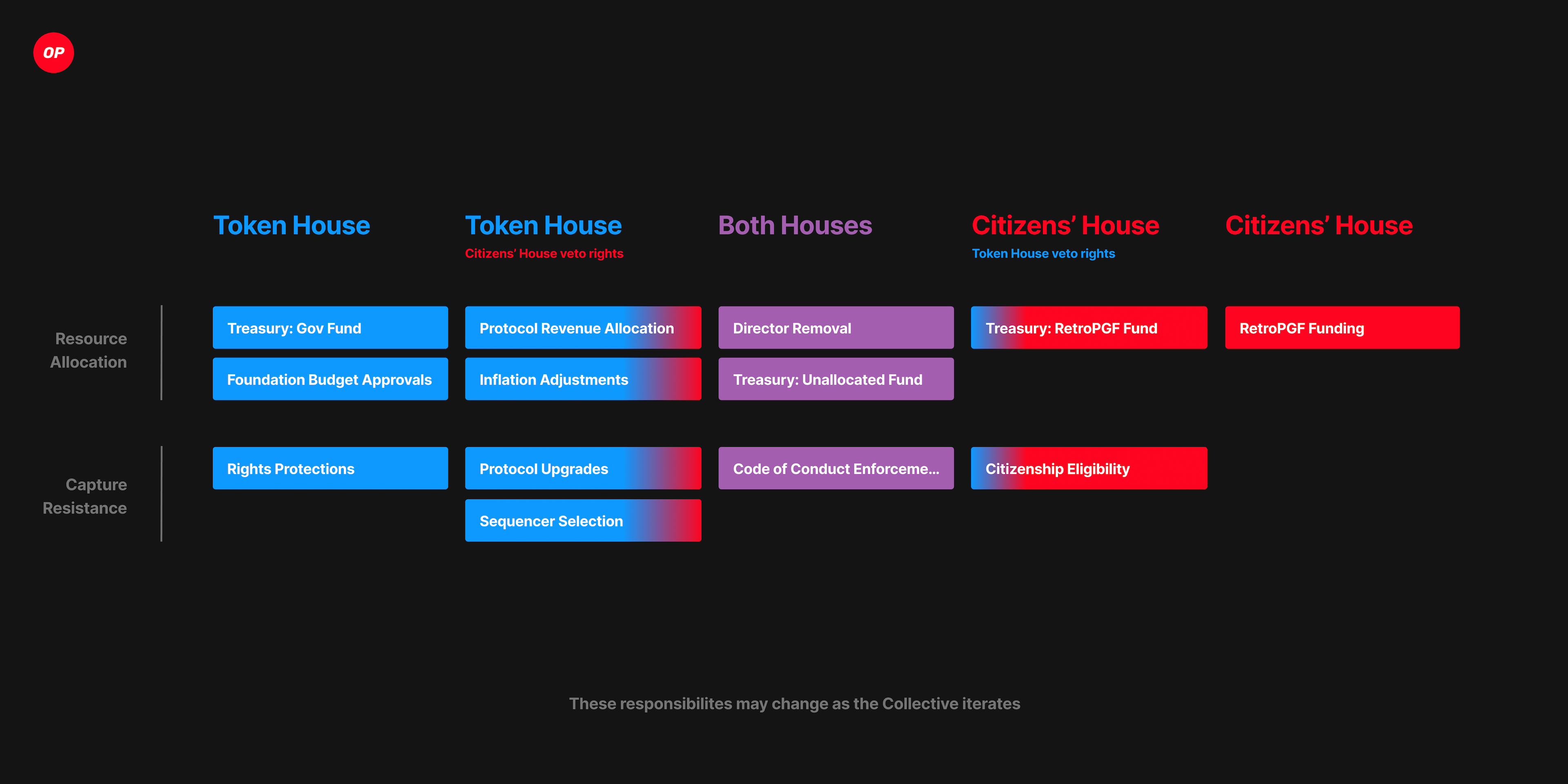
Optimism: As the architect of the Superchain, Optimism is leading the charge in shared sequencer research and development. Its OP Stack ecosystem is actively piloting shared sequencer infrastructure to enable seamless interoperability and atomic cross-rollup transactions across its 29 OP Chains.
-
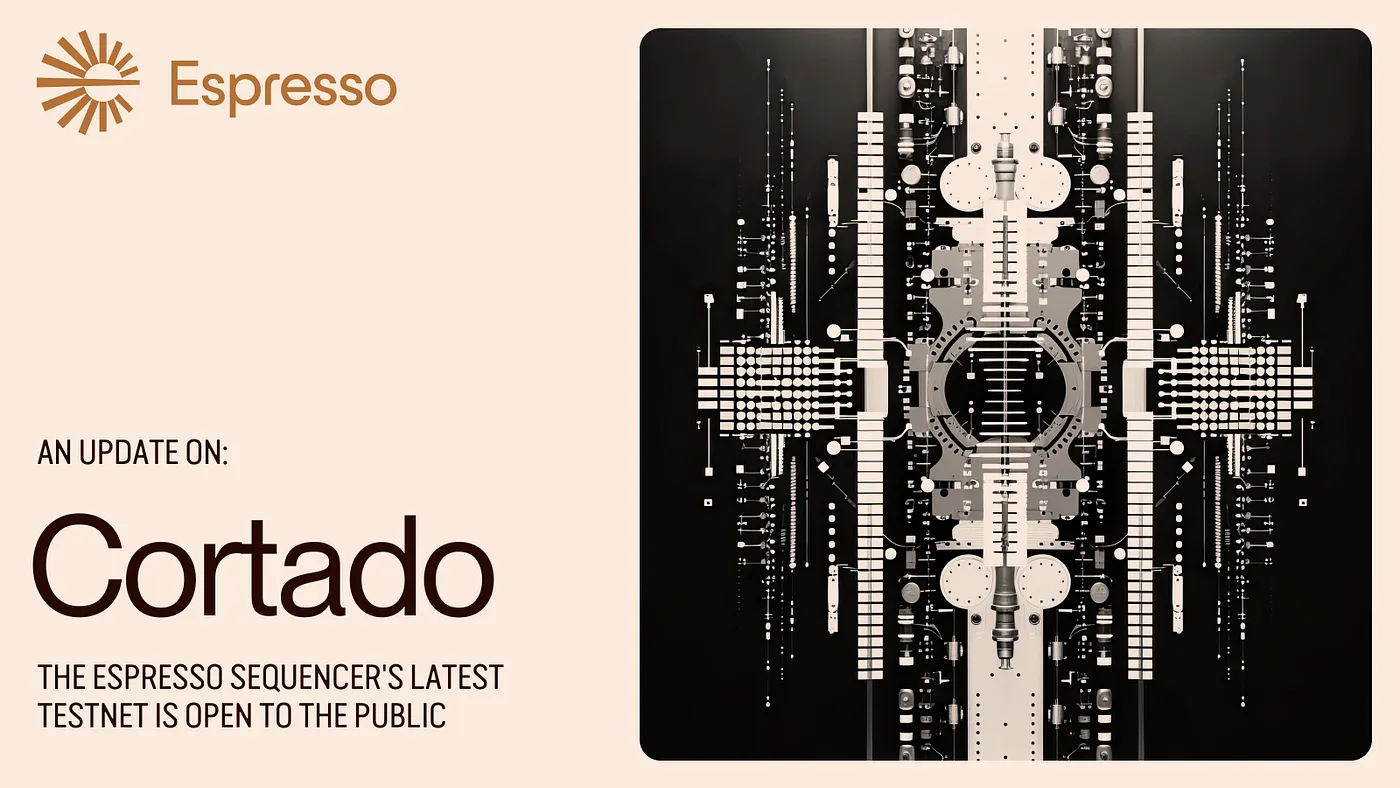
Espresso Systems: Espresso Systems is developing the Espresso Sequencer, a decentralized shared sequencer layer designed to coordinate transaction ordering across multiple Ethereum rollups, including OP Stack chains. The project aims to enhance cross-rollup atomicity and decentralization.
-
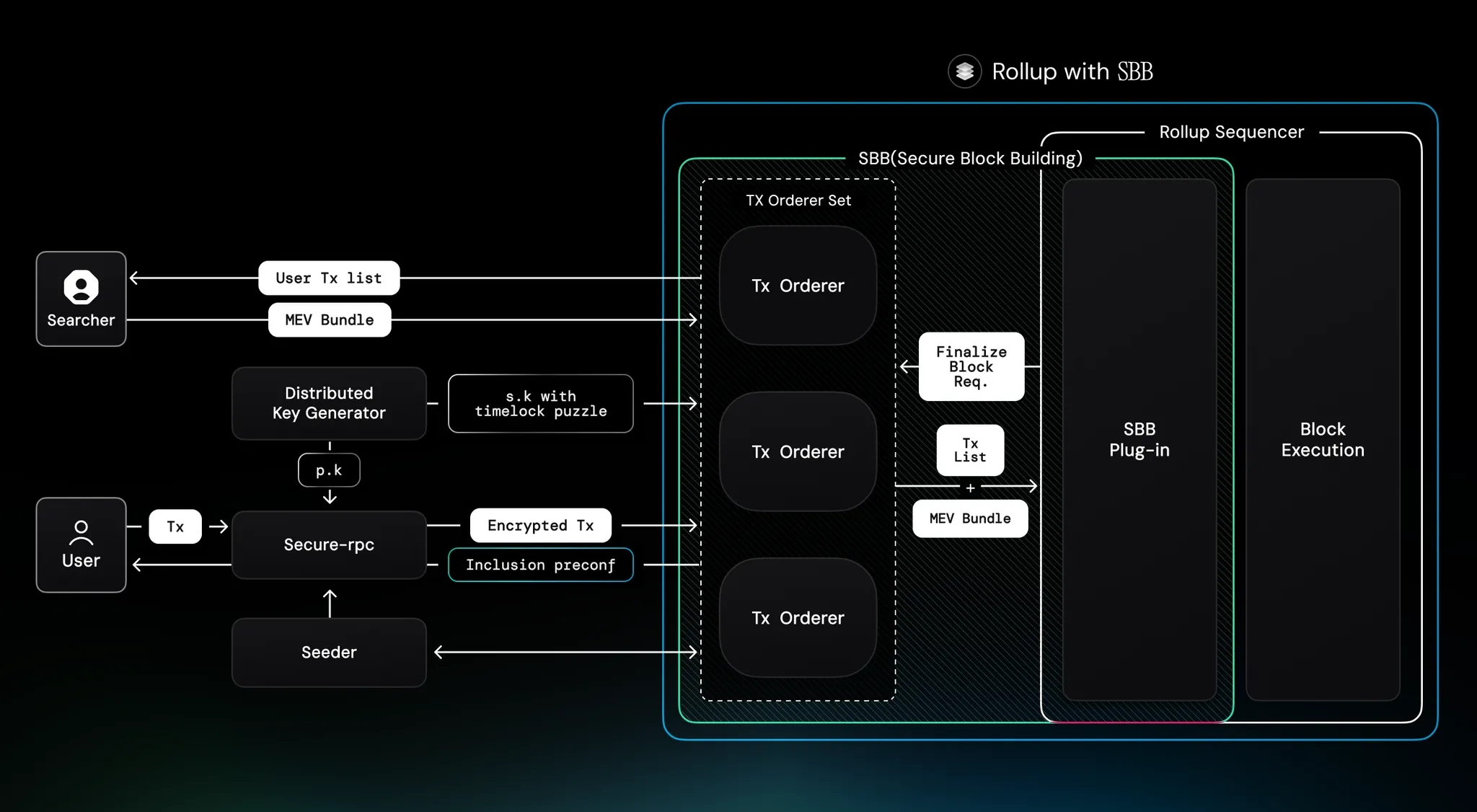
Radius: Radius is building a shared sequencing network focused on providing secure, decentralized transaction ordering for rollups. Its solution is designed to support Superchain rollups and other modular blockchain architectures, improving interoperability and reducing MEV risks.
-
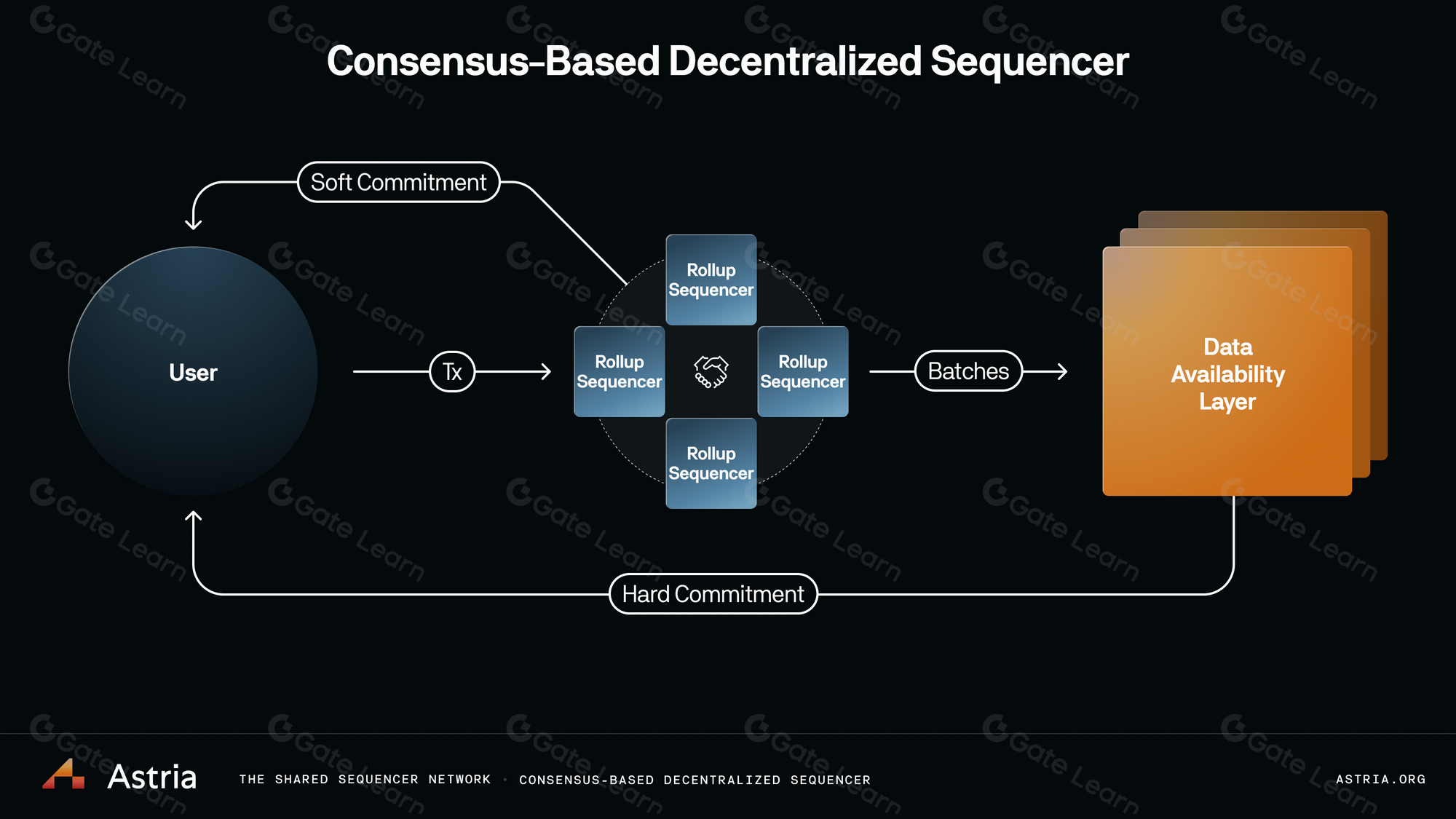
Caldera: Caldera offers rollup infrastructure that integrates shared sequencer functionality, enabling developers to launch OP Stack-based rollups with built-in interoperability and coordinated transaction ordering across chains.
-
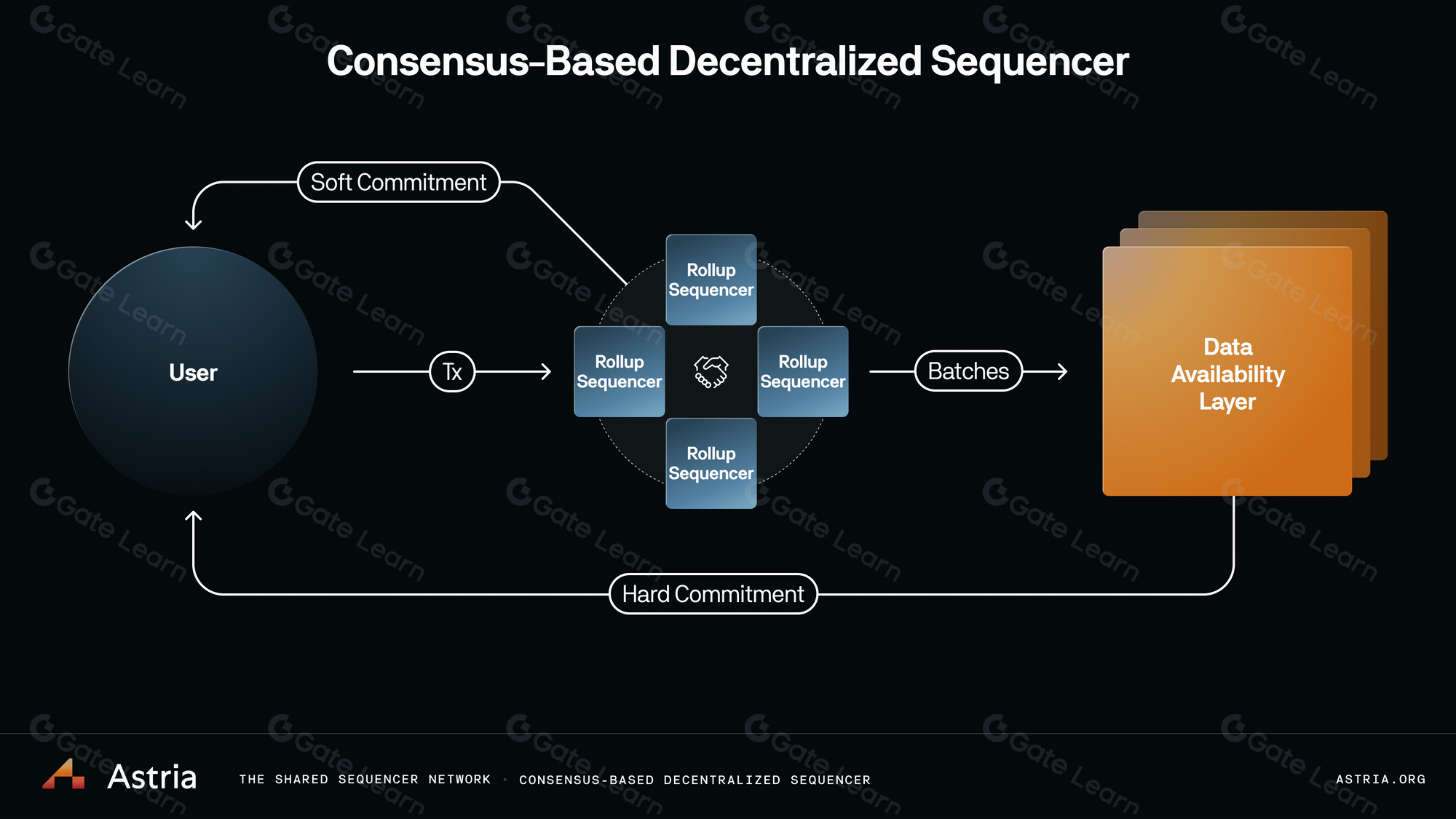
AltLayer: AltLayer is pioneering shared sequencing for modular rollups, including those built on the OP Stack. Its protocol facilitates cross-rollup communication and atomic inclusion, helping to streamline user experience and asset transfers in the Superchain ecosystem.
Another consideration is composability: not all chains may opt-in to use a particular shared sequencer or Superbuilder network. Maintaining open standards and modularity within the OP Stack is vital to ensure that innovation does not come at the cost of fragmentation or vendor lock-in.
Looking Ahead: The Road to Seamless Blockchain Scalability
The vision for Superchain interoperability is bold, one where users move assets, data, and logic across dozens of chains as effortlessly as sending an email. Shared sequencers are a crucial piece of this puzzle, but they are not the final word. As solutions like Superbuilders mature and governance structures evolve, we can expect an increasingly seamless user experience that rivals (and eventually surpasses) today’s monolithic blockchains.
The journey is far from over. Developers must continue experimenting with new sequencing architectures while keeping security and decentralization at the forefront. For investors and ecosystem participants, understanding these subtle but powerful shifts will be key to navigating, and thriving, in the rapidly evolving world of multi-rollup blockchain systems.
